Last year bought three blueberry saplings. They settled, but this year the leaflets began to be on one of the seedlings. Then the leaflets became almost all white 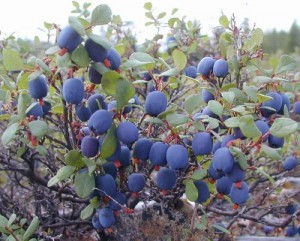 with green streaks. I started to feed them with nitrogen fertilizer, but to no avail. Soon and another sapling began to hurt. What happens to them, and what is the reason?
with green streaks. I started to feed them with nitrogen fertilizer, but to no avail. Soon and another sapling began to hurt. What happens to them, and what is the reason?
Most likely, your blueberry suffers from chlorosis - diseases of plants, in which the formation of chlorophyll in the leaves is disturbed and the activity of photosynthesis is reduced.
As a result, the leaves are pale (yellow or whiten) and fall, and then, if you don't fix the position, you begin to die the tops of the shoots, die roots and so on, right up to the full death of the plant.
The causes of chlorosis are different - from the damage to microorganisms (viruses, mushrooms, etc.) to adverse soil and climatic conditions. In most cases, this is iron or lime chlorosis, which occurs in plants on carbonate (alkaline soils) with a lack of iron, and it is one of the most important elements involved in chlorophyll synthesis, in respiration and metabolism.
The first signs of ferrous starvation, including blueberries, are chlorotic stains on the leaves between the veins, which remain green; Later, the leaves are yellow or whites entirely. The shortage of iron is more often manifested on weakness soils with a poor water regime, especially if they are not sufficiently sour (for blueberries need acidic soil with pH 3.8-4.8).
The iron deficiency can be eliminated by ammonium sulfate in the soil (acidic solution) or chelates (intracomplex compounds of organic matter with metals: iron, zinc, copper).
When used, for example, the chelate of iron plants have already become a healthy appearance in a month. Doses are usually indicated on the packaging of the drug, for blueberries permissible from 40 to 100 g per adult bush.
The afterference of the chelats continues for several years. No less quickly eliminates the causes of the disease and the extraordinary feeding of microelements (spraying on the leaves), but it acts only one season.





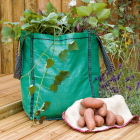

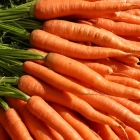
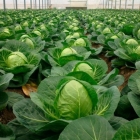

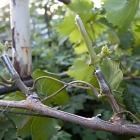

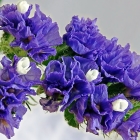
 Start a discussion ...
Start a discussion ...